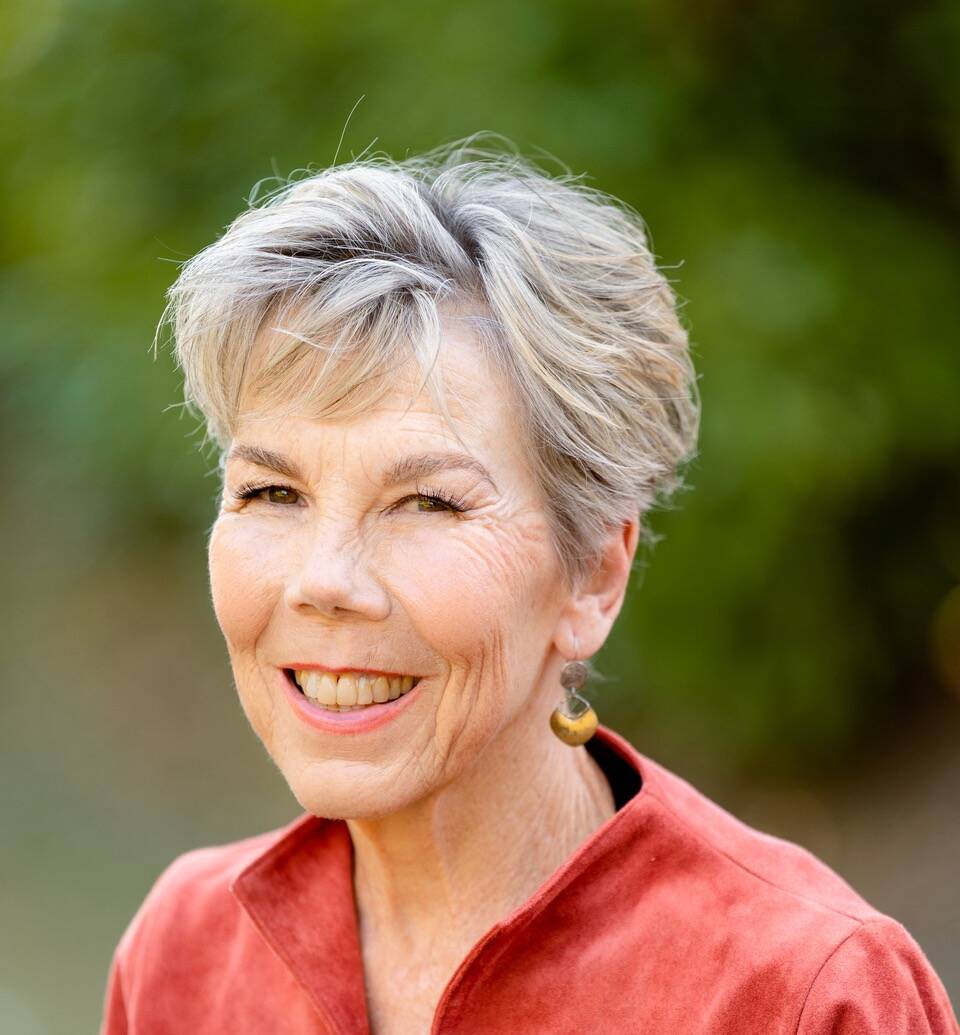When the news bombards us with calamity after calamity, it’s easy to feel overwhelmed, our minds caught in a never-ending spin cycle.
Our brains scream: danger, danger, and our bodies — like most animals — react with fight, flight, or freeze.
Many animals instinctively shake off that fear, once the terror has passed, and move on. Humans aren’t as good at this. Instead, we spin narratives that justify our emotions, fueled by catastrophic conclusions in the media. We cling to our state of vigilance, and that ever-present danger never fully fades.
We need to calm down.
Unfortunately, we are fed a daily diet of crises, tragedies, and emergencies, designed to keep us on high alert. We become accustomed to living on the edge, even as it exhausts us. In addition to fight, flight, and freeze, I’ve experienced two other F’s: frenzy and funk.
Frenzy feels like running in circles, driven by anxious urgency — We have to do something! We have to do something! Funk is where life loses its zest, and I stop feeling like doing much of anything. Why bother taking out the recycling when the earth is burning and the goons are in charge?
Calm saves lives, but doesn’t make headlines.
Imagine seeing this: “World Leaders Gather at Global Summit for Two Days of Calm and Civil Conversations.” Are you yawning yet? Our overstimulated systems crave drama, which is why we get: “World Teeters at Edge of Collapse as Leaders Convene.”
We have become addicted to crisis. We forget that calm saves lives—and rescues us from a nervous system hijacked by the news.
The Vietnamese monk Thich Nhat Hanh spoke of the importance of calm. He told the story of the boat people escaping Vietnam across the Gulf of Siam:
“Often the boats are caught in rough seas or storms, and people may panic, causing the boats to sink. But if even one person aboard can remain calm and lucid, they can help the boat survive. Their face, their voice — communicating clarity and calm — gives people trust. One calm person can save many lives.”
In an emergency, like the L.A fires, wouldn’t you rather have your firefighters and first responders working with calm dispatch?
Yogic practices and mindfulness meditation offer advanced tools for calming and centering, but in a crisis, I like to keep it simple: breathe deeply and whisper the word calm to yourself.
Try it:
1. Inhale deeply and let your mouth open with a soft “Ca,” like you’re sighing “ahhhh.”
2. Exhale and finish the word with a soothing, humming “mmmm.”
3. Say the word five times, and you’ll begin to shift.
I could usefully do this 30 times a day, and that’s without reading the news.
For those of us with a sympathetic nervous system stuck on “on” — always alert to crisis — learning to calm activates the parasympathetic nervous system, which helps us relax.
We can reinforce calm through creativity and connection.
The breathing exercise above is just one kind of calming practice to create stillness and sanctuary in our overfilled lives. Knowing that I have twenty minutes set aside in my schedule to paint or draw becomes an oasis that keeps me going through stressful work. When I arrive at my happy time, my creative practices also serve to calm me down.
Creative expression activates the right side of the brain — our seat of curiosity, play, and wonder — while giving our overtaxed, analytical left brain a break. (Yes, I know left-brain/right-brain is a simplification, but you get the idea.) In my book “Meeting the Muse After Midlife,” I describe how creative expression opened doors to new parts of myself and helped me balance out years of overworking my mind.
Connection reminds us that we are not alone. The fear brain worries about survival and isolation, but by remembering our connections, we tap into collective strength. Whatever happens, together, we will figure it out.
Calming and action are not opposites. In fact, they are a superb pair, allowing us to make what John Lewis called Good Trouble, the right trouble.
We may still experience fear, despair, and anxiety in the times ahead. But as we calm, create, and connect, we stabilize ourselves for the real work on the long road ahead.
Sally Jean Fox, PhD is a life and creativity coach based on Vashon and the author of Meeting the Muse After Midlife. Find her at engagingpresence.com.



